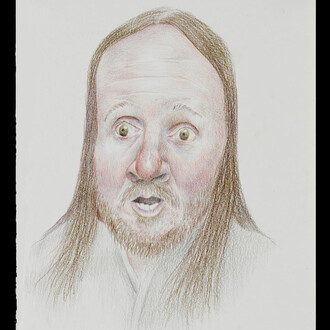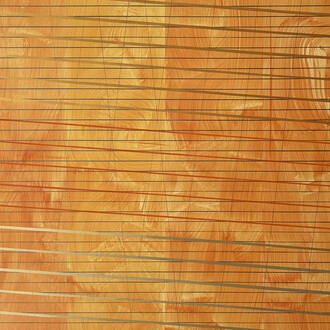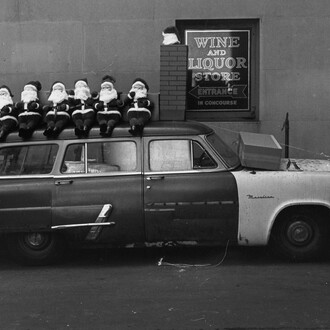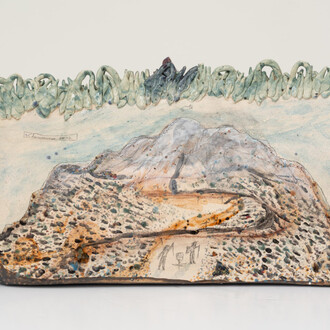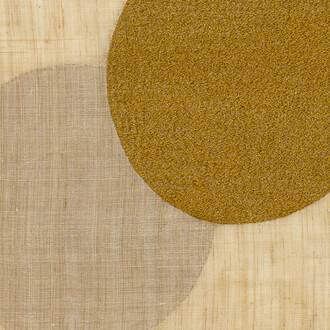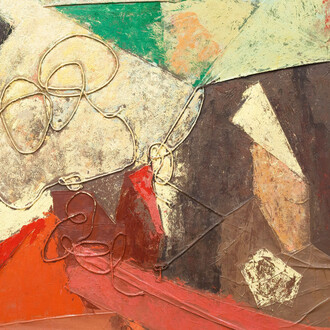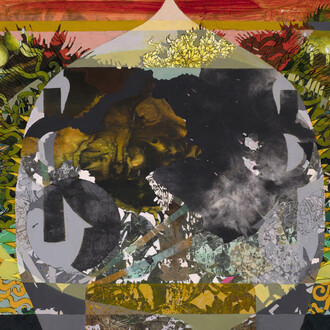303 Gallery is proud to present the gallery’s second solo exhibition of new work by Esteban Jefferson. His latest exhibition focuses on the significance of the Brooklyn Banks, a plaza underneath the Manhattan end of the Brooklyn Bridge, as a cultural touchstone for the skateboarding community. Through new paintings, film and sculpture, Jefferson reflects on the anarchic spirit and sense of creativity that fueled the foundation of DIY spaces and subcultures, and the psychological charge of these architectural spaces.
What made the Banks unappealing as a public park was precisely what made it an ideal skate spot. The combination of the site’s sloping red-brick embankments, curbs, and rails were readily co-opted by the city’s skaters, while the noise and grime typically kept others away. With the growing popularity of skating, and the rise of skate videos and online forums, the Banks’ reputation grew steadily through the 1980s, ’90s, and 2000s, ultimately reaching worldwide renown as one of the east coast’s most iconic spots until its closure in 2010 for construction on the bridge above.
Jefferson’s airy paintings bear his stylistic signatures of visible grid marks and precise outlines, becoming more fleshed out as their central subjects come into focus. Several paintings depict the spot in use, portraying some of the young skaters who ventured through a hole in the fencing one summer. Other works capture the Banks as they’ve largely appeared for the last fifteen years, as contemporary ruins. Brooklyn banks (9 stair), 2024, looks past a chain-link fence toward the aforenamed iconic spot, the site of many storied videos. The vibrant hues of construction barriers and striped traffic drums reappear in the featureless canopy of autumn leaves above, thin veils of orange bleeding into raw linen. Weeds and overgrowth frame the foreground, rendered in graphite.
Central to the exhibition is an architectural sculpture approximating the Small Banks. Originally designed as a flood barrier, the red brick and concrete structure has long remained off-limits. Unable to access the site, Jefferson had sketches made from behind a fence, cross-referenced with archival photos and videos, to determine measurements resulting in a less-than-exact model, embracing the imperfections of memory and visualizing a space for its contours and potential.
A 16mm film entirely shot by Jefferson cuts together clips of the Banks as it has existed up until recently; a padlocked parking lot for construction equipment. The nostalgic format, color and texture of the film format harkens back to the home-made skate videos that initially propelled the location to legendary status. Meditating on now-empty spaces where skaters before have made their mark, the quietude of the scenes speaks to the generations that missed out in the fifteen years of the site’s closure. Jefferson's presentation comes at a critical turning point for the plaza; a coalition of community organizers has a revitalization plan underway, which includes reopening the upper and lower Banks; the next generations may still have the opportunity to contribute to the site’s history.









